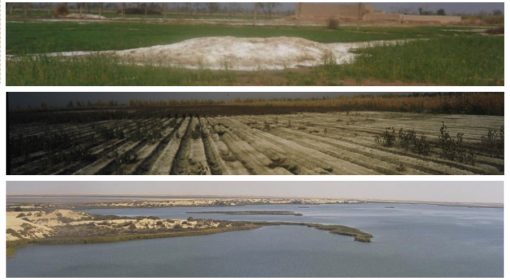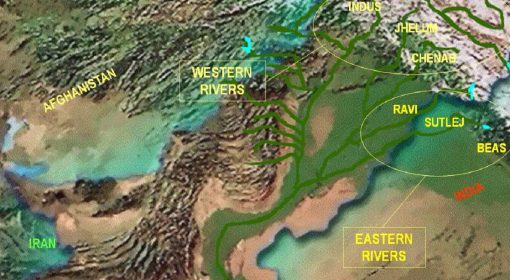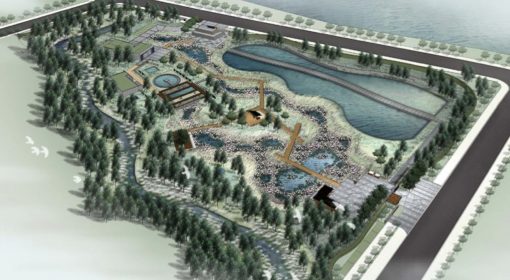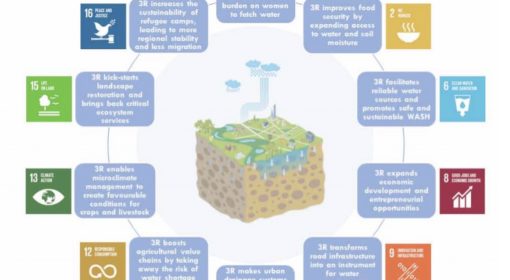Posted by Frank van Steenbergen
July 04, 2013

It had the distinction of being ‘the worlds most polluted city’ ten years ago. It had groundwater tables plummeting and springs that were considered eternally drying up. Coal dust-laden smog was common. This is Taiyuan – the capital of Shanxi Province in Northern China.
It has been written that one in six of China’s mega-cities is suffering from severe water stress, but this figure may need to be updated as extra-ordinary efforts are being made to turn around ecological disasters in urban China – Taiyuan being a shining example.
Taiyuan has a population of over 4.2 Million. The per capita water availability is 173 cubic meters a year – this is way below the so-called Falkenmark indicator for water stress. As the city grew and industry boomed water shortage was increasingly curtailing the development of the city. It was manifest in land subsidence, a severe deterioration in water quality and, with this, the living environment. The shocker was the drying up of the famous Nanlao Spring at the Jinci Temple Complex – named ‘ever lasting’, but heavy abstraction and unregulated coal-mining stopping its flow.
Then 2003 onwards, a turn-around was made. A prohibition zone for the development of groundwater was marked. Quota were set on water use and groundwater was regulated. Different water use ceilings were set for enterprises in different areas. Taiyuan city was divided into zones – depending on the groundwater situation. In certain zones, all well-drilling was forbidden – including the redevelopment of existing wells. A total of 396 wells belonging to the government and insudtries were closed down. The water supply system was replaced by delivery from a new surface water carrier from the Yellow River.
At the same time, a massive effort was made to improve water use efficiency and develop close relationships with the major water users.
–Sewage treatment was improved – bringing the city’s total to 12 treatment plants – reaching a 95% treatment ratio. At the same time the use of treated sewerage water in industries was encouraged with some of the larger industries setting up a dual water system – substituting high quality water with the treated waste water. 20 million litres of treated waste water is being used this way daily.
–Work was undertaken in collaboration with the major chemical and steel industries in the city in order to improve industrial water processes. (Water consumption in steel production has been reduced to less than 10% of what it was before). The use of treated waste water in industrial processes was encouraged. The water loop was closed by encouraging waste water reuse (achieving over 95% reuse in the main industries).
— A groundwater monitoring system was set up– including 132 automatic water level recorders. Standards were set on the water consumed per incremental value of industrial production (thos was reflected in the individual h=job performance monitoring.) A multi-tier water charging systems was set up – with low water consumption being rewarded with a lower price.
–The water permit system was simplified, with the setting up of a single window for all water related permits


Taiyuan became a turnaround city. All these measures led to a considerable change in environment. After decades of decline, groundwater tables in Taiyuan started to rise again. In some areas, the rise was spectacular: 40 meters in Xizhuan District, for example (see graph). In other places it was significant. The Nanlao Spring became ‘ever lasting’ again, as did another marker: the Pingquan spring. No further incidence of land subsidence was reported. Water has regained its place at the centre of city life, with massive recreation along the banks of the Fen River that in the past had been so dirty that it was the one place to avoid.
{jcomments on}



